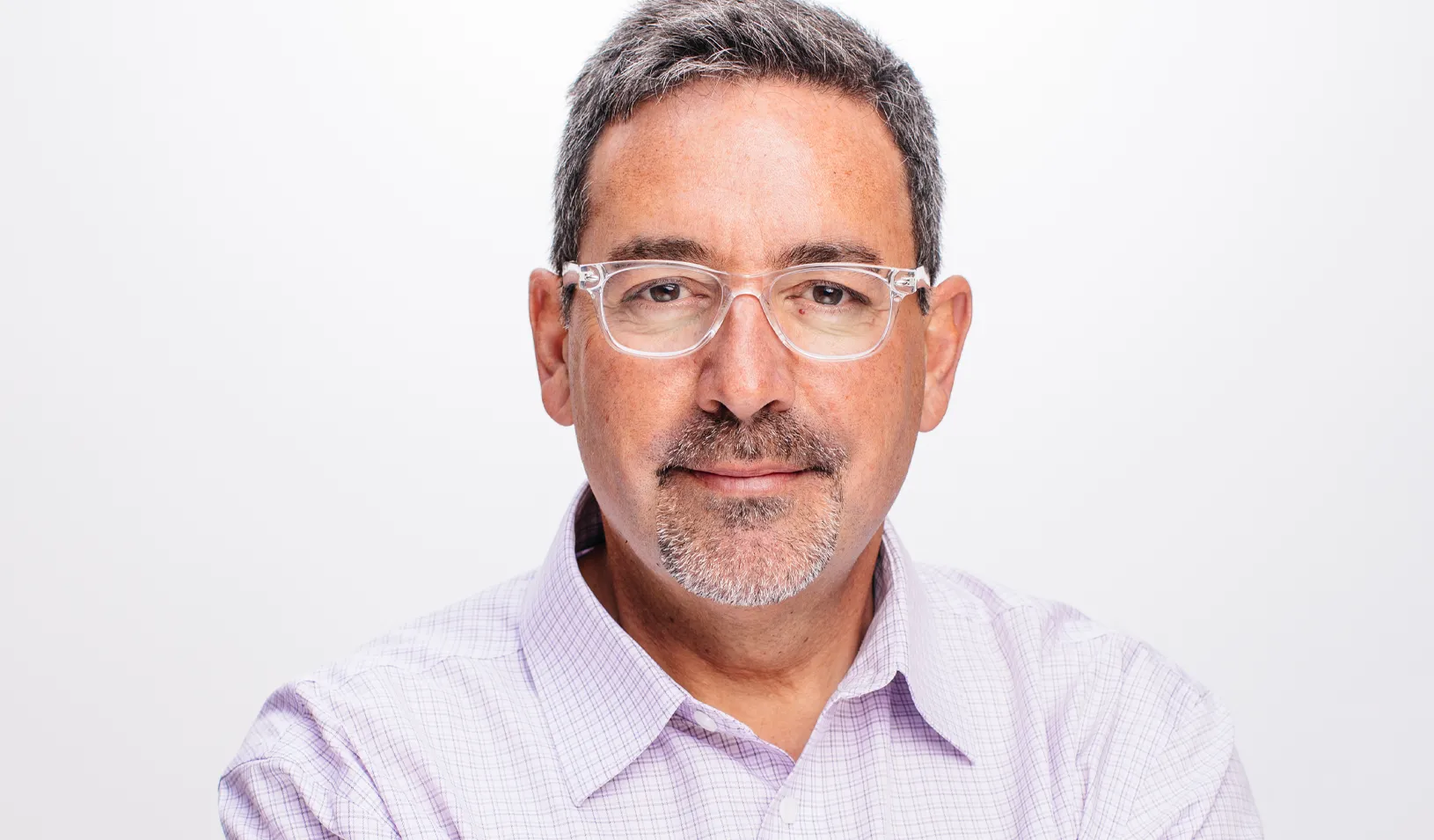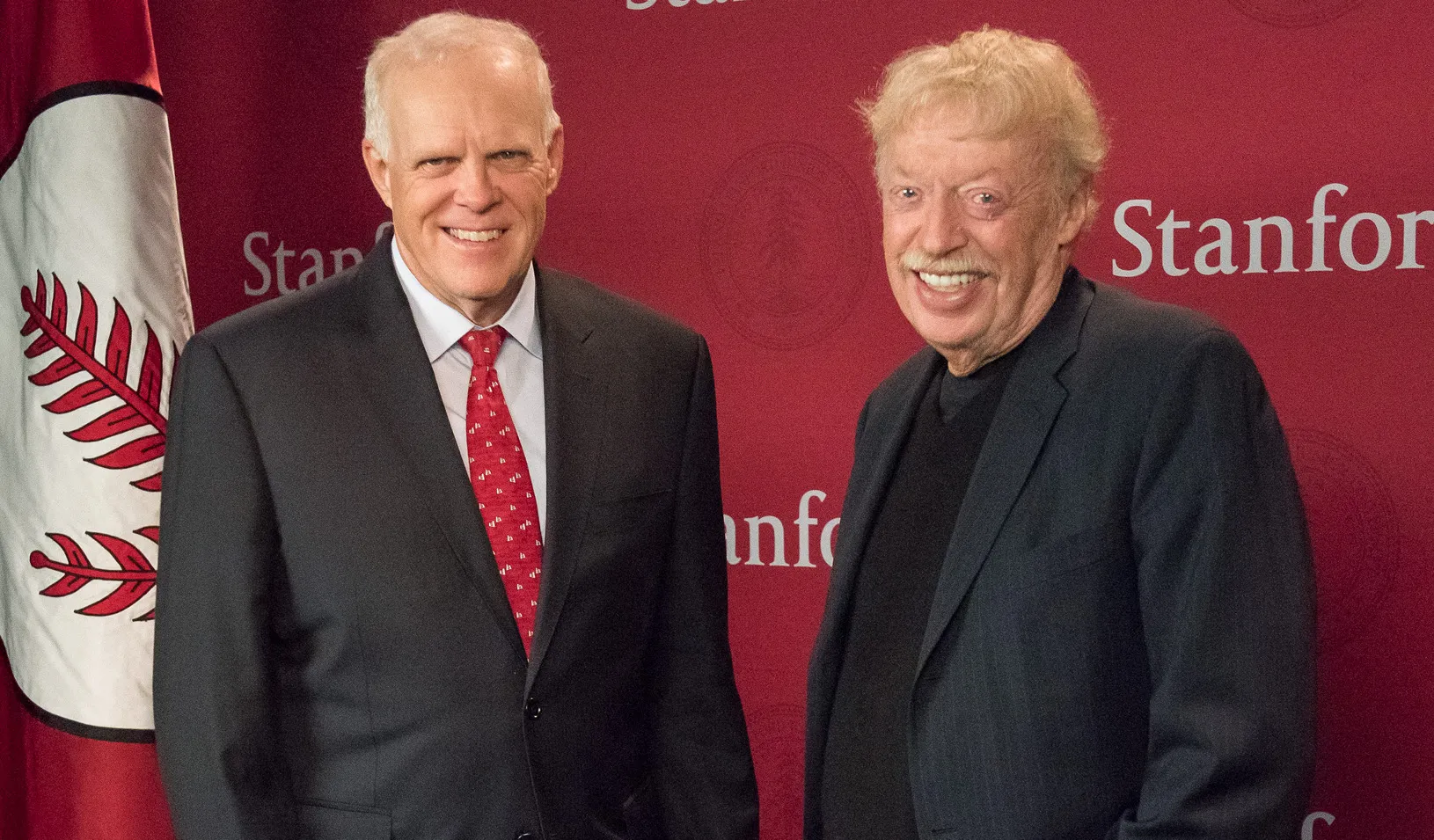How to Keep a Growth Engine Fine-Tuned
A conversation with Darius Teter, executive director of Stanford Seed.
April 13, 2021

Darius Teter | Elena Zhukova
In August 2017, just a week after he became executive director of Stanford Seed (officially known as the Stanford Institute for Innovation in Developing Economies), Darius Teter flew to India to help open the program’s first office there.
Multipart Feature
This two-part article focuses on Stanford Seed, which enlists alumni, faculty, students, and staff to help companies in emerging economies expand their businesses — all with the goal of creating jobs and lifting people out of poverty.
The first part tells the story of two firms — one in Kenya, one in India — that received training from Stanford GSB alumni through the Seed Transformation Program.
Up to that point, for the first four years of its existence, Seed had worked exclusively in Africa. Here, Teter talks about the institute’s plans for further expansion, its ongoing response to the pandemic, the matrix of tendrils that connect it to Stanford GSB, and how all of that fits into its central mission.
In a nutshell, what is Seed’s central goal?
Our mission statement, which was refined two years ago, is concise and straightforward: “We partner with entrepreneurs in emerging markets to build thriving enterprises that transform lives.”
How?
Through high-touch training and ongoing support. Our value proposition is that we bring Stanford to you. That includes faculty, volunteer coaches and consultants, student interns, and staff. Our goal is to transform an entrepreneur’s leadership style, their management team, and the professionalization of their business — all designed to help them build thriving, socially conscious enterprises.

And most of that is done by volunteers?
Much of it, yes. We also have an amazing team of faculty and staff, but Seed is unique precisely because we have so many exceptionally talented alumni volunteer coaches and consultants, and student interns. Our coaches are all senior-level execs who live in-country for a year. To date, they’ve contributed over 80,000 hours of their time. Imagine the cost if we had to hire people of such a high caliber to provide that many hours of support to our participants. Truly, it’s their vast input that allows us to do what we do.
Up to this point, Seed has focused very insistently on small and medium-size enterprises. Why?
In the U.S., the bulk of employment comes from small and medium companies — firms with less than 200 people. That’s always been the engine of growth here. But if you look at a typical country in Africa, what you’ll see is a whole bunch of tiny enterprises — like family size, with 5, maybe 10 people — and a few really big enterprises. But there are not a lot of companies in the middle. That’s because it’s so hard to take a small business and turn it into a 200- or 300-person business. Part of that is a dearth of middle managers. Part of it is access to capital.
What kind of companies are you looking for?
We want companies with a growth mindset, strong value proposition, and at least $300,000 (USD) a year in revenue. We want them to have an actual management team, not just one person. And we want them to have been in business for at least three years, because we’re not an incubator — at least not yet.
Is it hard to find applicants who are established entrepreneurs?
In our 2020 cohort, we had something like 2,400 applicants for only 180 slots, so we’re flooded with applicants, but up to 65% of them don’t meet our minimum criteria. To reach that 65% who are trying to get off the ground, we are currently piloting a program called Seed Spark. We’re also about to launch a podcast focused on entrepreneurship in emerging economies, called Grit & Growth.
How do you select finalists for the Seed Transformation Program?
Of course, we look at revenue, profits, and employment numbers — because those are great ways to measure whether a business is successful. But ultimately, we want to know if they have the potential to grow and if they’re having a positive impact on their communities. That is: Does their success matter to anyone other than the owners? For instance, we have a company that drills for water in arid regions in Ghana. We have a company that builds apps to bring banking to the unbanked across Nigeria. These are important problems.
We also try to ask questions that give us a sense of their character and ethics. What is your purpose? Do you have the passion and drive to grow your business? How many of your team are women? And once we have a short list, we actually go visit them — or at least we did before the pandemic. It’s not efficient, but it’s crucial, because some of them look amazing on paper, but when you go to their business, you realize it’s all BS.
Has your selection criteria changed over the years?
We’re paying more attention to bankability. Is a company able to attract some type of capital, such as debt or equity? If not, is it able to generate growth through its own revenue? If a company doesn’t have a source of capital, it can’t grow, no matter how ambitious it is. So we’re asking for a lot more financial data to understand each company’s cash-flow situation. This year, as part of our marketing strategy, we plan to talk to banks and investors to ask them, “Who are you guys looking at?” Because they are very tough assessors of quality. We’re also bringing in second-year MBAs as interns to review applicants’ financials.
As a way to measure an applicant’s bankability?
Yes. The idea is you get an MBA2 who’s just spent a year going through Stanford GSB’s core finance curriculum. You give them 10 companies and say, “Look, here’s their profit and loss statement and their balance sheet. What are the red flags? What questions should we be asking this applicant in an interview?” It would benefit students by giving them real-world experience with emerging markets. If the pilot goes well, we’ll make it a regular part of recruitment.
You mentioned ethics as part of the selection criteria. Is it also part of the curriculum?
Definitely. We include ethical business considerations throughout the program. We have a big unit on HR and how you treat your staff. We challenge companies to consider their impact on their suppliers, customers, and communities. The other thing we do is talk about corruption, but to be honest, that’s been tricky. Stanford faculty may not have a comparative advantage when it comes to talking to Nigerians or Kenyans about how to deal with corruption. I’ve heard business leaders say to faculty, “Look, you have no idea what it’s like to have tax guys coming to your office every month trying to shake you down. You’ve never been asked to pay bribes to win a government contract.”
How does Seed help them in that case?
Without being judgmental, we have them think through a stakeholder analysis, using a framework taught at Stanford GSB called “strategy beyond markets.” The idea is that these corrupt officials may not be suppliers or buyers, but you have to think of them as stakeholders. And that’s all part of having a strategy beyond your immediate market. Understand where these dangerous places are, and think about how you can reimagine your business to minimize risks.
They have to bake it into the business.
Yes. We’ve also asked the businesses themselves to share their corruption stories with one another, so they become live case studies. We’ve tried a lot of ways to go from theoretical frameworks to practical solutions.
So dealing with corruption is actually a formal part of the curriculum?
Yes, and it’s one of the hardest things to get right.
How has the COVID-19 pandemic affected your work?
When the pandemic hit, a lot of the countries where we work went into complete lockdown. For a bunch of our companies, their supply chains collapsed overnight. But what was amazing was how everyone immediately began helping each other. Just one example: In Nigeria, the cohort got some accountants to give an online seminar on urgent cash-flow management. They did that in two weeks. And then our faculty and some alumni started doing amazing webinars on understanding the new normal, financial management, and crisis HR.
What about the shift to online coaching?
We evacuated all our resident coaches, including a number of Stanford GSB alumni, in the spring of 2020. Many of them continued to remotely coach our business leaders. We were so encouraged by their commitment and success that this year the entire coaching program is operating remotely.
What percentage of your participants are women?
Our target for the past couple years has been 30%. We exceeded that in Southern Africa and came close in East and West Africa. We’re not quite there in India. We’re hopeful that the shift to an online program might increase the number of women applicants. A lot of female entrepreneurs don’t apply with us, because they can’t just pack up and travel four times a year for classes. Many of them are lead caregivers for children and elderly family members. Or, culturally, maybe it’s taboo for them to go to Ethiopia and stay in a hotel by themselves.
Are there plans to expand beyond Africa and India?
Since we will be online for the next cohort, we are recruiting from 11 new countries, including Nepal, Bangladesh, and Sudan. We’ve also developed a lower-touch program called Seed Spark, for very early stage businesses, that draws on Stanford’s considerable expertise helping aspiring entrepreneurs launch their companies.
Are there any other organizations that you consider competitors? Is anybody else doing this work?
I don’t know of any other program that offers the leader of a small or medium enterprise, who’s looking to scale, the kind of training we provide. The mentoring through coaches. The huge network of pro bono consultants. The Stanford students serving as interns. And of course the faculty members who actually come to share their expertise in person. No one else does anything like it.
For media inquiries, visit the Newsroom.
Explore More
Phil Knight Honored with Uncommon Citizen Award

Catherine Roberts Joins Stanford GSB as CCMO

Alyssa Rapp, MBA ’05: What Matters to Me Now and Why
